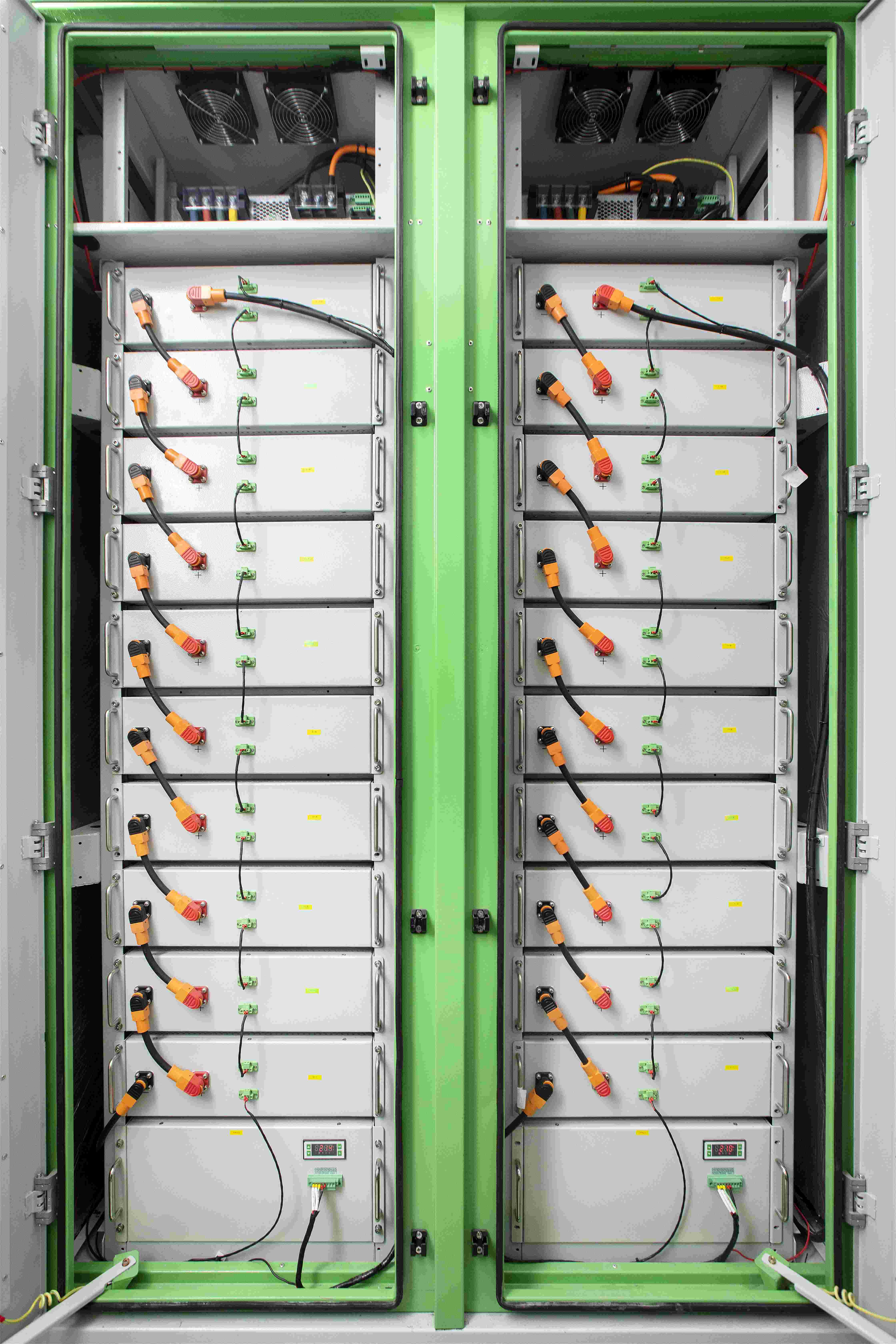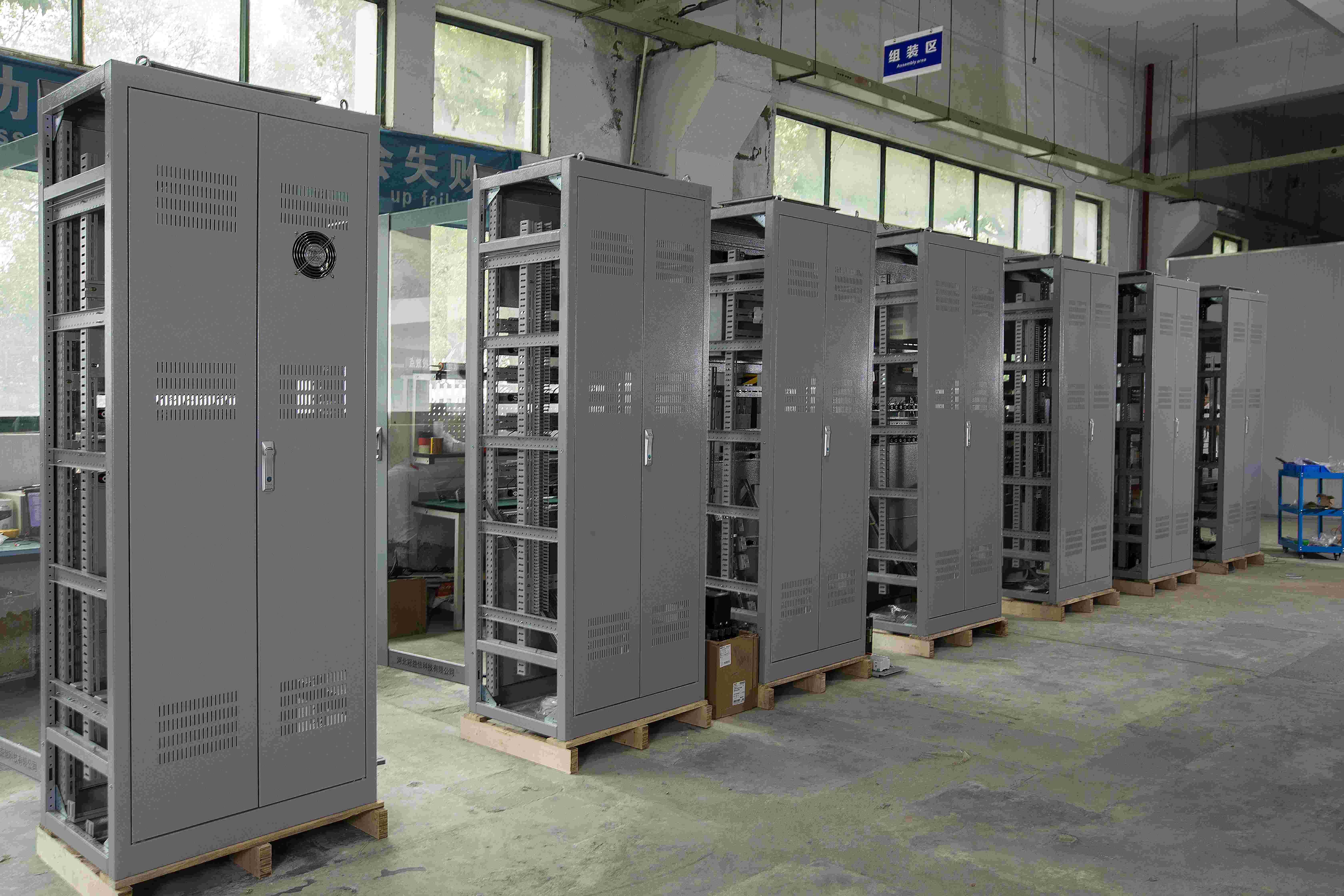
2 月 . 13, 2025 06:43 Back to list
Energy Management System EMS
In the rapidly evolving landscape of renewable energy, energy storage systems play a vital role in stabilizing power grids and enhancing energy reliability. With an increasing array of solutions, understanding the types of energy storage systems is crucial for making informed decisions. This guide provides a detailed overview of key energy storage technologies, offering insights grounded in both cutting-edge expertise and practical experience.
Thermal energy storage systems harness the concept of heat transfer for conserving energy. These systems store thermal energy for later use, commonly through materials such as molten salts or chilled liquids. They are integral in solar power installations, capturing surplus thermal energy for power generation when sunlight is unavailable. Their ability to heighten efficiency and balance supply constraints underpins their growing popularity in both industrial settings and district heating projects. Flywheel energy storage systems are lauded for their durability and the capacity for rapid discharge cycles. With high round-trip efficiencies, flywheels leverage kinetic energy stored in spinning rotors to provide short-term backup power and frequency regulation. While they are limited by lower energy capacities compared to chemical storage systems, their robust design and minimal maintenance requirements make them indispensable for applications demanding quick bursts of energy recovery. Hydrogen energy storage, though less mature in deployment, offers unparalleled potential for long-duration storage. Electrolysis technology converts electricity into hydrogen gas, which can be stored in tanks and later converted back into electricity via fuel cells or used as a clean fuel. The versatility of hydrogen as both a storage medium and a carrier is compelling, allowing integration with transportation and industrial sectors. The development of robust infrastructure and reduction in production costs will be key to unlocking hydrogen's potential. Each of these energy storage systems offers unique benefits and challenges, tailored to specific application needs. From economic analyses to technical evaluations, selecting the appropriate energy storage solution hinges on a comprehensive understanding of the available technologies. By leveraging expertise and ongoing advancements in this dynamic field, stakeholders can achieve reliable, resilient, and sustainable energy solutions that align with the overarching goal of a decarbonized future.


Thermal energy storage systems harness the concept of heat transfer for conserving energy. These systems store thermal energy for later use, commonly through materials such as molten salts or chilled liquids. They are integral in solar power installations, capturing surplus thermal energy for power generation when sunlight is unavailable. Their ability to heighten efficiency and balance supply constraints underpins their growing popularity in both industrial settings and district heating projects. Flywheel energy storage systems are lauded for their durability and the capacity for rapid discharge cycles. With high round-trip efficiencies, flywheels leverage kinetic energy stored in spinning rotors to provide short-term backup power and frequency regulation. While they are limited by lower energy capacities compared to chemical storage systems, their robust design and minimal maintenance requirements make them indispensable for applications demanding quick bursts of energy recovery. Hydrogen energy storage, though less mature in deployment, offers unparalleled potential for long-duration storage. Electrolysis technology converts electricity into hydrogen gas, which can be stored in tanks and later converted back into electricity via fuel cells or used as a clean fuel. The versatility of hydrogen as both a storage medium and a carrier is compelling, allowing integration with transportation and industrial sectors. The development of robust infrastructure and reduction in production costs will be key to unlocking hydrogen's potential. Each of these energy storage systems offers unique benefits and challenges, tailored to specific application needs. From economic analyses to technical evaluations, selecting the appropriate energy storage solution hinges on a comprehensive understanding of the available technologies. By leveraging expertise and ongoing advancements in this dynamic field, stakeholders can achieve reliable, resilient, and sustainable energy solutions that align with the overarching goal of a decarbonized future.
Latest news
-
FREMO Portable Power Station High-Capacity, Lightweight & Reliable
NewsMay.30,2025
-
24V DC Power Supply Certified & Efficient Home Depot Exporters
NewsMay.30,2025
-
12V 2A DC Power Supply for Home Depot Trusted Supplier & Exporter
NewsMay.29,2025
-
Energy Storage Power Station Solutions Reliable & Efficient Products
NewsMay.29,2025
-
Portable Power Station R100 High-Capacity & Reliable Backup Power
NewsMay.29,2025
-
Energy Management System EMS
NewsMar.07,2025


